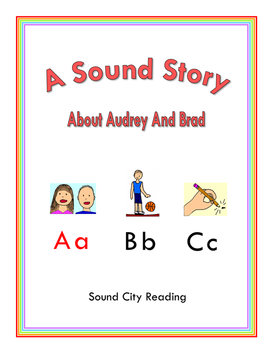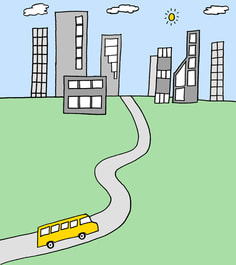Sound city Reading Blog |
-
A Sequential Phonics Program
- Welcome
- Copyright Information
- How To Navigate This Site
- Information About The Sound City Reading Program
- Information About The Author
- How Was This Program Developed?
- Why Are There So Many Different Books?
- How To Get Started
- What If I Can't Do Everything In This Program?
- Information About Reading Street Materials
- Reading Readiness
- Understanding Consonants
- Understanding Vowels
- What Happened To The Old Web Site
- Other Recommended Sites
-
Teaching Materials
- Step Charts
- Flow Charts
- Teaching Levels
- Books Used At Each Level
- Color-Coded Vowels
- Skill Sequence
- General Information About Instruction
- Integrating Phonics And Whole Language
- Sound Story
- Level 1 - Learning The Alphabet Overview
- Level 2 - Exploring Sounds In Words Overview
- Level 3 - Short Vowels Overview
- Level 4. Phonics Patterns Overview
- Level 5. Advanced Phonics Patterns Overview
- Phonemic Awareness Picture Pages Overview
- Handwriting Books Overview
- Charts, Flashcards, And Games Overview
- Newer Wall Charts
- Previous Wall Charts
-
PDF Files
- How To Work With PDF Files
- Printers And Printing Supplies
- PDF Files For All Levels
- PDF Files For Handwriting
- Level 1 - Learning The Alphabet PDFs
- Level 2 - Exploring Sounds In Words PDFs
- Level 3 - Short Vowels PDFs
- Level 4 - Phonics Patterns PDFs
- Level 5 - Advanced Phonics Patterns PDFs
- PDF Files For Flashcards
- PDF Files For Activities And Games
- PDF Files For Newer Wall Charts
- PDF Files For Older Wall Charts
- Reading Street
- Pictures
-
Audio
- Sound Story Part 1 - Alphabet Sounds
- Sound Story Part 2 - Beyond The Alphabet Sounds
- Sound Pictures With Letters - Part 1
- Sound Pictures With Letters And Letter Patterns - Part 2
- Individual Sound Pictures - Part 1
- Individual Sound Pictures - Part 2
- Individual Alphabet Sounds - ABC Order
- More Letter Sounds - sh, th, ch, ng, oi, oy, ou, ow
- Level 1 And Level 2 Sound Charts
- Level 3 - Short Vowels - Sound Charts
- Level 3 - Advanced Short Vowel Sound Charts
- Level 4 - Book 1 - Sound Charts
- Level 4 - Book 2 - Sound Charts
- Two-Letter Sound Blending - Short U
- Picture-Word Page - Short U
- Video
- Blog
Sound City Reading |
All Materials Copyright 2023 or earlier by Kathryn J. Davis, All Rights Reserved
My goal is for as many people as possible to use this reading program to teach students how to read. All of the materials you need are available on this site as free PDF files. The materials are copyrighted, but I give permission to all teachers, parents, tutors, and school systems to download and print any of the PDF files for use with the students they teach. However, they are not to make a profit from distributing the materials. If you don't have a printer, using a print shop is allowed. If preferred, you may work with the PDF files directly from a computer screen, without printing them. This makes it possible for tutors to teach the program online. Audio and video files are free to watch and to listen to, and they may be downloaded if desired for use with your students. In special cases I may grant written permission to individuals to use the materials in other ways. You can contact me at [email protected].
|



 RSS Feed
RSS Feed
